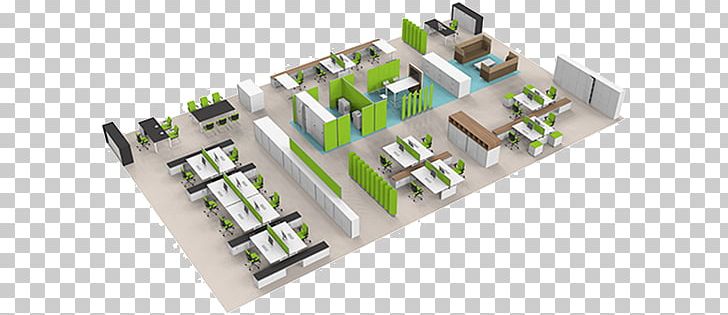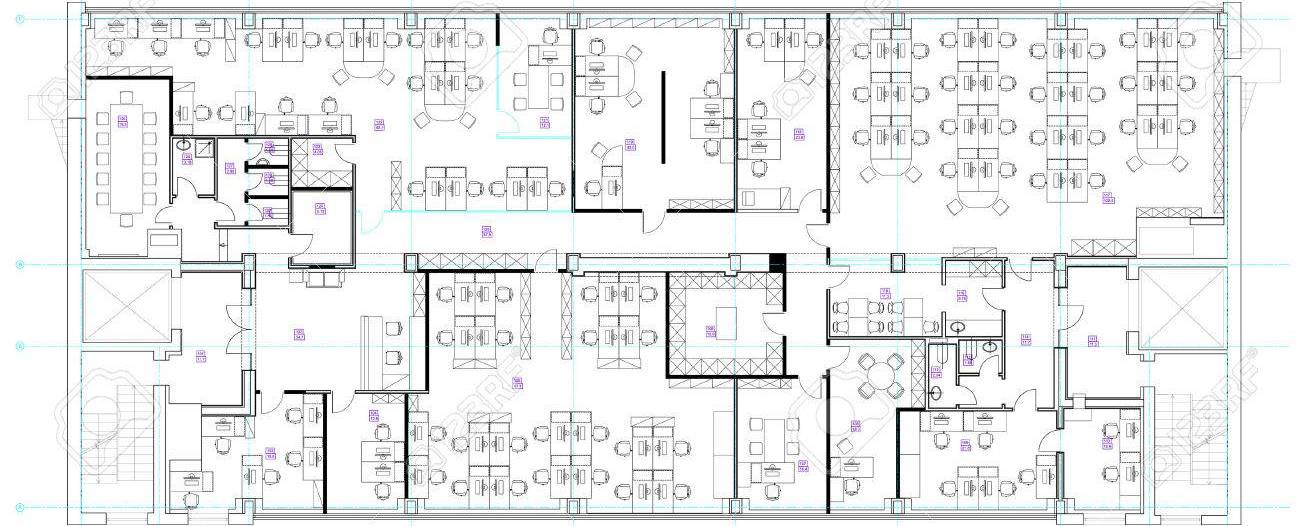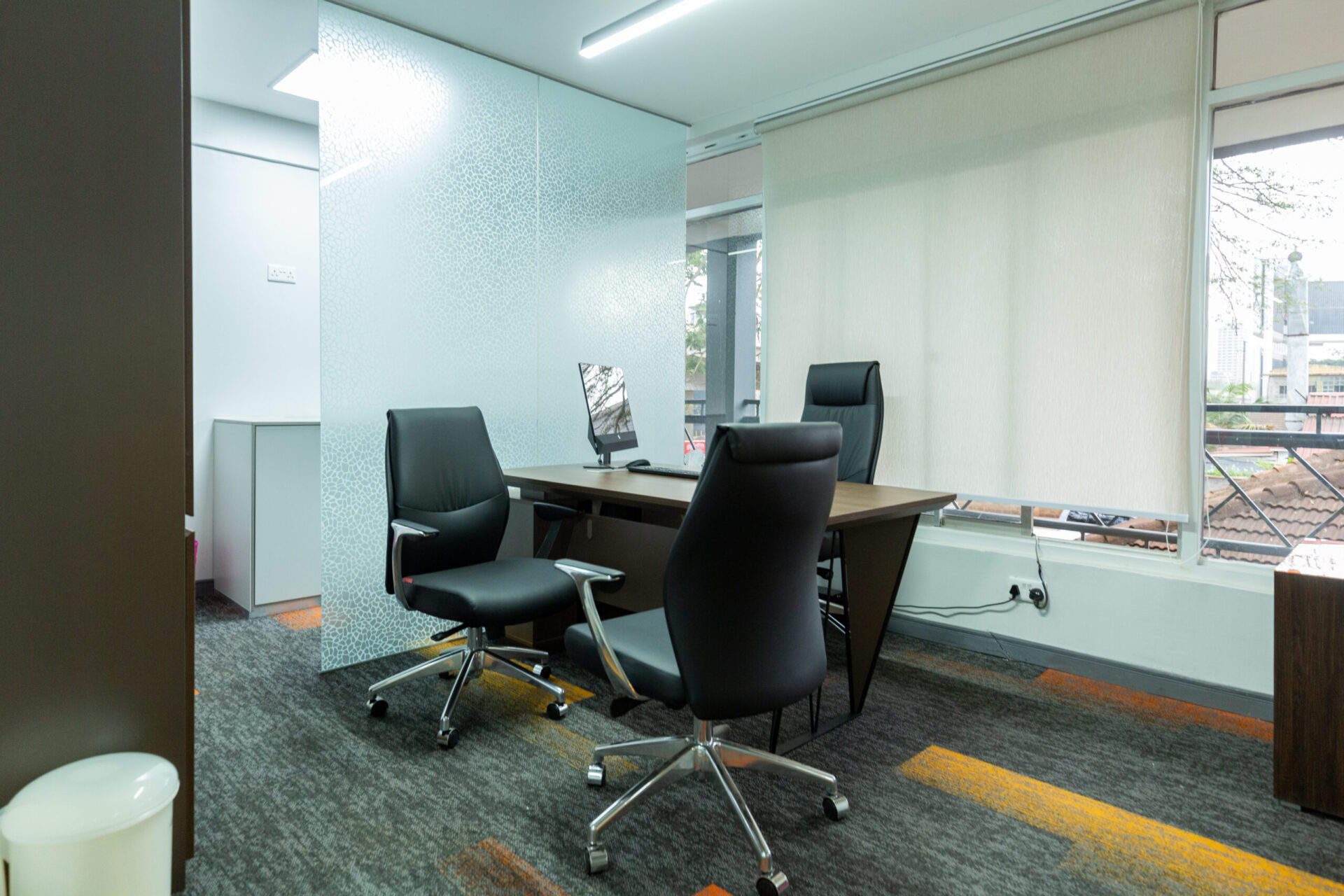Before approaching an office space redesign, consider the variables that govern the process. What are the core items in the office space planning guide in Kenya? More importantly, how do you assess them as part of your plan to organize your office?
There’s more to office space planning than moving one piece at a time and seeing how things fit together. It’s less of a puzzle and more of an equation. The patchwork process is too disruptive to be practical, making it all the more important to look holistically at the variables involved in workspace planning.

Office Space Planning Guide in Kenya
Here are 10 important factors shaping office space planning guides in Kenya and why they’re integral to the process. Assess each carefully as a standalone variable, as well as how they fit into the greater space planning concept you’re working toward.
- Capacity: You can’t properly plan an office without knowing how many people you have to accommodate. This includes anyone with consistent space needs, including full- and part-time workers, contractors, consultants, and other worker classes. Capacity is the first and most crucial figure for office space planning guides in Kenya. It sets the tone for all decision-making that follows.
- Available space: What’s the total square footage available to you in your current facilities? Moreover, how is it delegated? Recognizing available space makes allocating it and planning for utilization a more informed process. Pay mind to whether you need all the space you have or if you ultimately need more than is available.
- Floor plan: Understand the floor plans conducive to your office space and worker capacity. Decide if your space planning guidelines will be governed by an open office concept, hot desks, activity-based workspaces, individual workstations, desk neighborhoods, or flexible workspaces. Odds are, it’ll be a combination of some or all of these.

- Demand: What types of workspaces is there immediate demand for? A need for group workspaces, quiet workrooms, and hot desks dictates how you allocate space. It’ll also ensure you’re building a workplace that’s supportive of employees, however, they choose to work.
- Flow: Consider the dynamic areas of the workplace. How much space do walkways require? Where should the copy machine go? Will a desk in one area face too much disruption each day? The daily flow of a workplace is key to accommodating employees, without disrupting the work itself.
- Culture: Culture drives employee engagement, making it a cornerstone of workplace planning guidelines. Consider elements like desk neighborhoods or collaborative workspaces that encourage camaraderie. Look carefully at design elements that reinforce core cultural values, like fun and funky artwork or lots of greenery.
- Fixed variables: You can’t change what you can’t change—you can only plan around it. Map out fire exits, structural components, doors, and anything else affecting space utilization. Foresight for fixed variables keeps you from improvising wildly, which may affect your original office space planning standards.
- Cost: Cost constraints play a big role in what you’re able to accomplish with office space planning in Kenya. Prioritize your biggest initiatives—those affecting the best—and execute them first. It is also important to be cost-minded when planning an office rearrangement. Know the total workplace redesign cost and the ROI you hope to achieve post-execution.
- Compliance: Don’t forget about workplace governance standards or safety compliance. You have no control over these standards but need to incorporate them into overall planning to avoid hazards, fines, and lawsuits. They involve anything from not blocking fire exits to having GFCI outlets in the break room. Get to know NCA requirements and building code ordinances.
- Growth: You may be building the workplace you need today, but what about a year from now? Factor in growth planning to ensure your workplace isn’t antiquated in a few short months. This means not planning to 100% capacity and recognizing dynamic trends in how your employees use space. A better office space planning guide in Kenya today equals less disruption to the workspace in the future.
One factor consistent across each of these variables is quantifiability. Each is measurable, making it easier to align them with goals and metrics. It means they can also be processed into other critical benchmarks: utilization rate, cost efficiency, and employee satisfaction.
Careful consideration of these 10 variables in the office space planning guide in Kenya gives facility managers a well-rounded outlook. Many more factors can affect the outcome of workplace design, but these governing factors are immutable. Forgoing any one of them can derail the entire space planning process.


